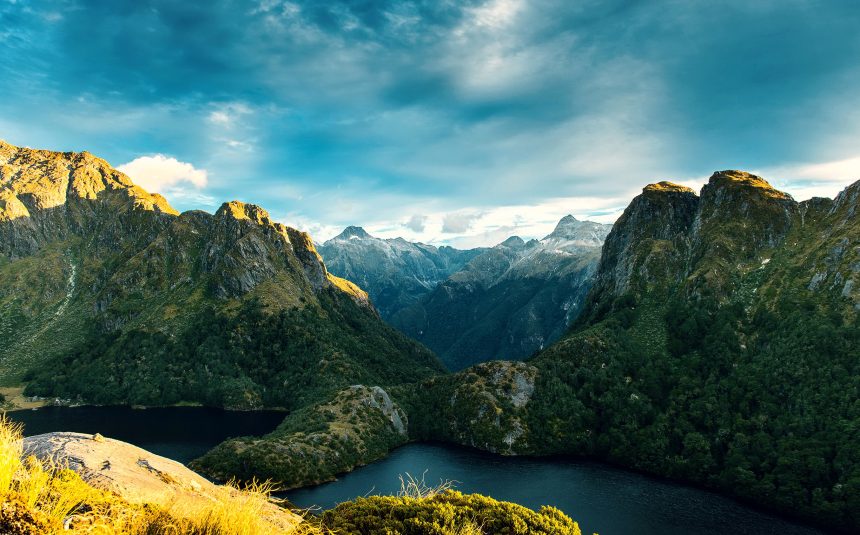Government Announces Entry Charges on Conservation Land
New Zealand’s government has unveiled plans to charge foreign tourists between NZ$20 and NZ$40 to access some of the country’s most famous natural attractions, beginning in 2027. The initiative, confirmed on August 2, is intended to raise funds for environmental conservation and boost economic activity through an overhaul of conservation regulations.
Which Sites Will Be Affected?
The charges will apply to high-profile destinations including:
- Cathedral Cove / Te Whanganui‑a‑Hei
- Tongariro Crossing
- Milford Sound
- Aoraki / Mount Cook
These sites are among the most visited, with tourists—particularly those from abroad—making up around 80% of the visitors at these locations.
Revenue and Reinvestment Goals
Officials project that the fees could generate up to NZ$62 million annually, with all revenue reinvested into maintaining and safeguarding these key natural sites. Conservation Minister Tama Potaka emphasized that tourists contribute heavily to the economy and should also help support long-term conservation efforts.
Broader Conservation Law Reform
The site-fee policy is part of a broader package of reforms under the government, led by Prime Minister Christopher Luxon. The changes aim to streamline concessions for tourism, agriculture, infrastructure, and potential mining activities on conservation land—while also easing restrictions for businesses performing such ventures.
Exemptions and Local Response
New Zealand residents and citizens will not be charged entry to these sites. The government stressed that access to the country’s natural heritage should remain free for locals, with fees imposed only on foreign visitors.
The tourism industry has expressed concerns that additional charges may deter visitors, particularly given New Zealand’s remote location and high travel costs. Critics warn that the combined impact of these new fees could further strain the sector’s recovery.
Environmental and Economic Balancing Act
Supporters argue the measures are necessary to protect fragile ecosystems and pay for infrastructure support in places overwhelmed by visitor numbers. Critics, however, caution that the reforms risk prioritising economic growth over environmental protection, undermining conservation goals and risking biodiversity loss in these national treasures.
What Comes Next?
With legislation expected to follow in the coming months, the policy remains under discussion. Its implementation will test whether New Zealand can successfully balance the preservation of its natural heritage with economic growth—and whether foreign tourists will continue to flock to its world-renowned landscapes despite new entry charges.










